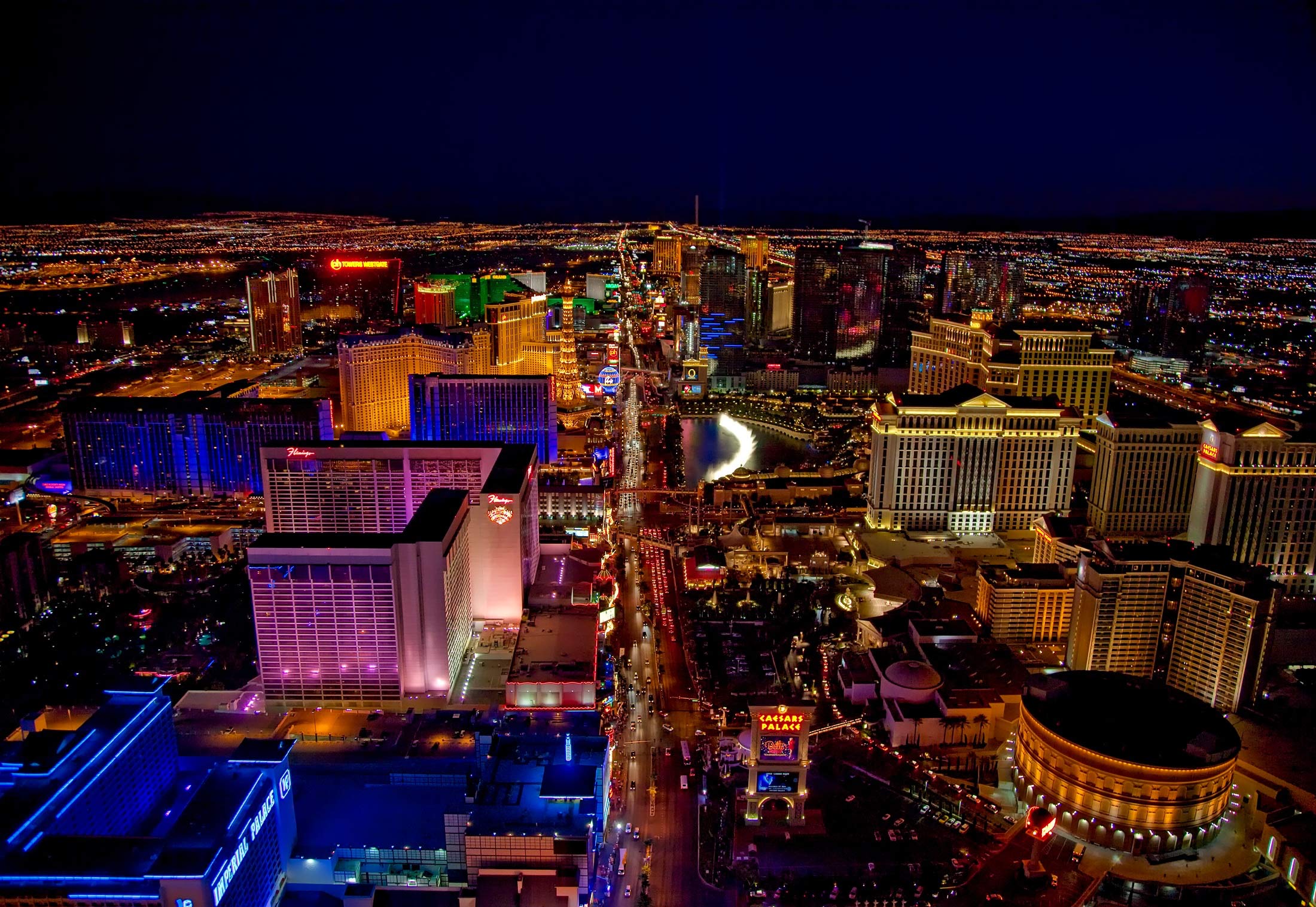The first day of CES packed into five minutes, with news from Samsung, Sony, LG, Intel, Hisense, TCL, and HTC. It’s The Wrap, and it’s live from Vegas.
Transcript
For January 8, the first day of CES 2018, you’re listening to The Wrap, Australia’s fastest technology round-up, and this week we’re reporting and recording live from Las Vegas, where all the technology is being announced.
If it has to do with electronics and tech and gadgets and stuff, there’s a pretty strong chance that you’re going to see it this week, and we’re going to be reporting on it throughout the week.
And that starts with AI, because just as we predicted last week in our trends for 2018, artificial intelligence is going to be bigger than a buzzword.
In fact, this year quite a few of the TV manufacturers are talking about it.
LG has a platform called DeepThinQ that will help it integrate artificial intelligence across its devices including televisions, with the ThinQ learning the patterns of customers and changing how it performs based on what you do.
Samsung spoke about AI this week when it started talking about 8K TVs, another trend we mentioned would likely arrive.
Offering a bigger resolution than their 4K cousins, 8K TVs won’t have any media available for them initially, much like with 4K TVs, but to deal with that in an intelligent way, Samsung has built an artificial intelligence that can study scenes and learn from what it sees, recreating an image for the 8K screen using AI.
AI will also play a part in TCL’s TVs, though the company didn’t say much about its use of AI. Our guess is that AI may mean Google Assistant, because that technology will be built into quite a few TCL 2018 TVs, thanks in part to Android being the operating system of choice for TCL’s new TVs.
Sony spoke about AI, too, using the technology for robotics to open up more possibilities, while also developing digital assistants and a form of transport, as well as a new generation of the Aibo robotic dog.
And we’ve seen AI mentioned a few times at the beginning of this show, and given that it can work its magic across any category, we’re not terribly surprised. AI isn’t going to take your job yet, and it might just help you, but it is going to be a very, very big category, and will span across lots of different products.
TVs didn’t completely go into AI, mind you, because we heard about new OLED screens from the likes of Sony, LG, and even Hisense which is introducing an OLED TV this year.
And OLED will be joined by regular LED-backlit TVs, of which everyone seems to have something for in 2018, but of particular interest is Samsung’s MicroLED, a modular system which manages to get the technology down in size while also customisable. It’s a technology we’ll be asking Samsung about on this trip, and shows the company is still playing with LED technologies, even if it isn’t doing much for OLED TVs. Plenty of Samsung OLED panels on phones, just not on TVs at the moment.
Computers are also playing quite the part at the start of CES, with Intel kicking things off by talking about its surprise from last year, a collaboration between rivals AMD and itself.
Now if you’ve ever had a gaming laptop before, you probably know the importance of a graphics card. Without one, you can’t do much, and this also makes a difference to things like video editing, graphics, 3D, and so on.
This year, though, Intel is working with AMD to bring a graphics chip and 4GB of RAM to its new Intel eighth-generation Core processors, effectively cutting out the middleman and making upcoming laptops do great things.
The technology will come to laptops first, as well as Intel’s tiny Next Unit of Computing or “NUC”, a positively compact computer aimed at getting the size down and the speed up.
We’ll tell you more about this technology when we go hands on tomorrow, and suspect we’ll be able to tell you just which companies will be releasing computers with the new chips then.
For now, know that the hardware being released by Intel will be perfect for virtual reality, slimming down computers made to surf the virtual world.
This year, entering VR gets a little less unencumbered, at least from one company, as HTC cuts the cords on its Vive VR headset and announces a better resolution Vive Pro headset, too.
HTC already has some steep competition from the likes of Oculus, not to mention the number of Microsoft Mixed Reality headsets coming out, so it makes sense to see this from HTC, but like all CES things, there’s no date or price as to when you can expect the new Vive Pro, nor the Vive Wireless accessory to turn regular Vives into wireless Vives.
And that’s about all we can fit into a day one round-up of CES 2018, because there is loads of news and a monumental amount of new products being shown here, but there’s only so much time to write and record a news segment on it.
For anything we’ve spoken about, however, you simply need to head to the Pickr.com.au website where we’re trying to get it online as quickly as possible. There’ll be more news tomorrow, though, so until then, take care.
Leigh :) Stark travelled to CES in Las Vegas as a guest of Dell.





